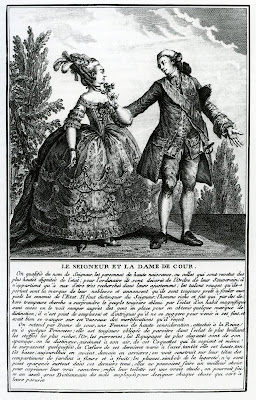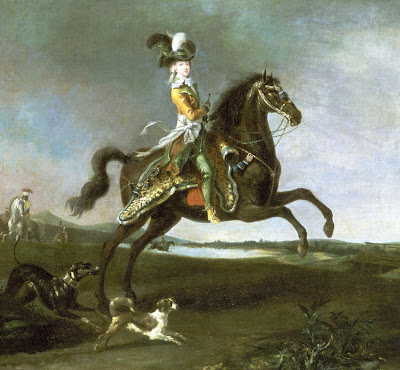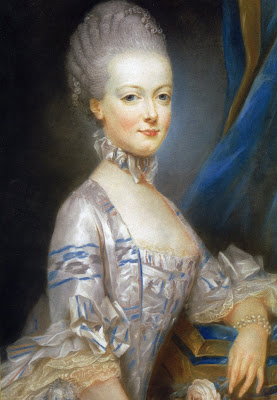
Advance tickets were previously available online but like most people I tried to get in on the day we were in the city. Even though it was only 10 am, I was told that tickets were "sold out" for the entire day and if I wanted tickets, I'd have to arrive before 8 am the next morning for same day tickets. (The other option was to wait in the "stand-by line" which could mean waiting 30 - 90 minutes). Even though we partied until midnight that night, we arrived at 745 am and were about 20th in line, receiving tickets for 830 am. While waiting to be admitted, I asked the security personnel if they were able to keep their uber-cool Chanel jackets. The answer was NO!

At the appointed time, we were admitted in groups of 6 and asked to leave our coats and handbags at the coat check. Then we received an MP3 player and were told to follow the narrator's instructions. She told us when to stand, where to walk, what to think....
Although we had heard that the installation was loosely based on the quilted Chanel handbag, I'd have to say that any connection with the handbag or Chanel was very minimal, except in a few cases. One artist had a video piece of naked women fighting over the quilted bag. Another showed photographs of models covered in leather with the chains stuffed into the model's mouth. And another artist made photos of naked models wrapped in Chanel chains bondage style.
With the narrator guiding people through the work, viewers were forced to look at this challenging contemporary art for a specified period of time. At the exit, we were given exhibition catalogues and postcards. Too bad they weren't handing out coupons for free purses!
 Chanel Mobile Art Container October 20 - November 9, 2008
Chanel Mobile Art Container October 20 - November 9, 2008Central Park Rumsey Playfield (enter at 69th or 72nd street entrances)
www.chanel-mobileart.com























